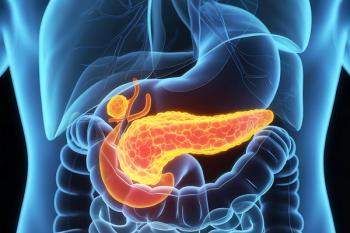
E-Separation Solutions
- E-Separation Solutions-09-10-2008
- Volume 0
- Issue 0
Ask the Editor: GPC-SEC
The following question and answer appeared in an article by Daniela Held in the June 2008 issue of The Column, LCGC Europe’s e-zine. Why does GPC–SEC require a calibration?
The following question and answer appeared in an article by Daniela Held in the June 2008 issue of The Column, LCGC Europe’s e-zine.
Why does GPCâSEC require a calibration?
The primary information obtained from gel permeation chromatography (GPC)âsize-exclusion chromatography (SEC) standard detectors (for example, UV, evaporative light scattering, or refractive index) is not the molar mass but the apparent concentration at a certain elution volume. It is only with the GPCâSEC calibration curve and the concentration profile from the concentration detector that all molar mass averages and the molar mass distribution can be obtained (1,2). GPCâSEC is, therefore, a relative method. The GPCâSEC calibration is based on assigning the elution volume to a molar mass. This is in contrast to high performance liquid chromatography (HPLC), where the detector response (signal intensity, peak area) is calibrated and assigned to a concentration.
Another possibility to measure the relation of the molar mass to elution volume is to apply an on-line light scattering detector (low-angle, right-angle, and multiangle laser light scattering but not evaporative light scattering) and a concentration detector (UV, refractive index, evaporative light scattering). With such a combination a calibration curve valid for a specific sample is measured with the sample itself. To obtain smooth molar mass distributions, light-scattering software programs often provide the use of fitted data, where (same as in conventional calibration curves) the molar mass/elution volume relation is fitted. Proper data analysis also requires the detector constant (calibration constant) of the light-scattering detector and of the concentration factor (response factor). For the concentration detector, the constant is comparable to detector calibrations performed in HPLC and obtained in a similar way.
(1) D. Held, The Column, 8 (August 2007).
(2) D. Held and G. Reinhold, The Column, 10 (October 2007).
Questions?
LCGC technical editor Steve Brown will answer your technical questions. Each month, one question will be selected to appear in this space, so we welcome your submissions. Please send all questions to the attention of "Ask the Editor" at
Articles in this issue
about 17 years ago
Technology Forum: HPLC/ Ion Chromatographyabout 17 years ago
Market Profile: Water Analysis and Testingover 17 years ago
Micellar Liquid Chromatography: How to StartNewsletter
Join the global community of analytical scientists who trust LCGC for insights on the latest techniques, trends, and expert solutions in chromatography.





